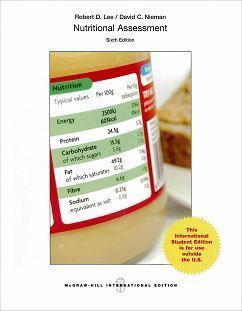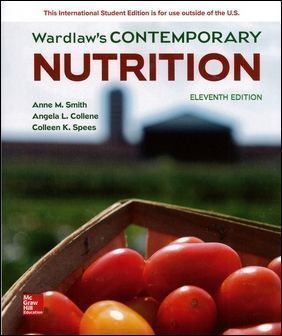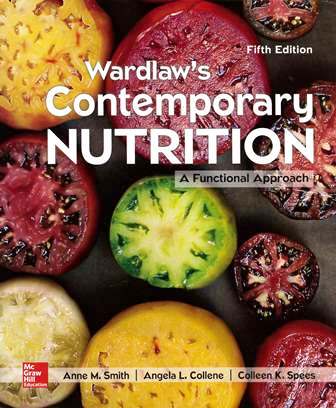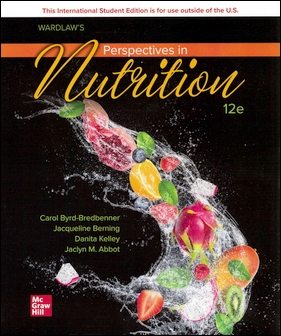書籍分類

Nutritional Assessment 6/e
作者:Robert D. Lee, David C. Nieman
原價:NT$ 1,250
ISBN:9780071326360
版次:6
年份:2013
出版商:McGraw-Hill
頁數/規格:500頁/平裝單色
版次:6
年份:2013
出版商:McGraw-Hill
頁數/規格:500頁/平裝單色
內容介紹 本書特色 目錄 作者介紹
- Description
Chronic, non-communicable diseases such as cardiovascular disease, cancer, stroke, and type 2 diabetes are among the leading causes of death globally, resulting in untold human suffering from premature morbidity and mortality. Left unchecked, the economic burden of chronic disease has the potential to cripple national economies. Because unhealthful dietary patterns (along with tobacco smoking and physical inactivity) are major risk factors for chronic disease, assessing diet and nutritional status and the results of interventions to improve nutritional status is fundamental to our success at reducing chronic disease risk, promoting health, and managing heath care costs. Nutritional Assessment, Sixth Edition explains the tools and techniques that nutrition practitioners and other health care providers can use to assess diet and nutritional status in instances of acute illness as well as chronic disease prevention and treatment.







